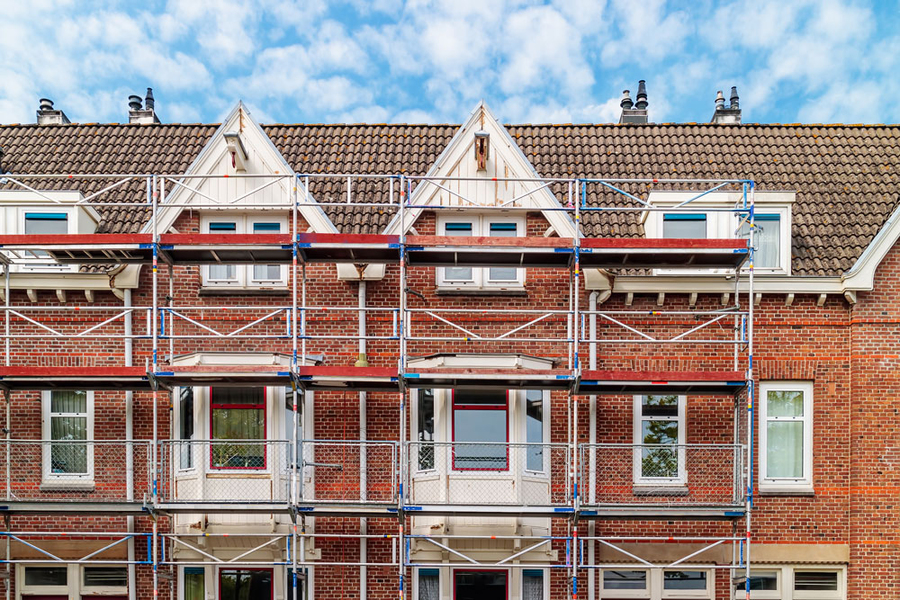Think globally, rebuild locally
Construction activities significantly contribute to greenhouse gas emissions, with about 36% of carbon dioxide emissions and 40% of energy usage in Europe coming from this sector. To address this, the European Union has implemented regulations for recycling building materials.
Cities like Amsterdam are leading the way in material reuse, aiming to cut raw material use in half by 2030, and the Netherlands plans to achieve complete material reuse by 2050 through a circular economy model.
A recent study, especially focusing on Amsterdam, suggests that the most efficient system for reusing construction waste involves multiple local storage centers. These centers would ideally be situated within a few miles of where the materials will be used. Tanya Tsui from MIT, a co-author of the study, emphasizes that this research can help Amsterdam’s policymakers make effective land use decisions for future sustainability projects.

The research, conducted at MIT’s Senseable City Lab, also involved Fábio Duarte, a principal researcher. The study examines the optimal locations for storing materials between demolition and new construction, a decision impacting transportation and efficiency.
Published as “Spatial optimization of circular timber hubs” in NPJ Nature Urban Sustainability, the study was authored by Tsui, Titus Venverloo, Tom Benson, and Duarte, from both MIT and the Amsterdam Institute for Advanced Metropolitan Solutions.
The research involved simulations in the Amsterdam area, focusing on timber reuse, and found that the optimal number of timber storage hubs in the region would be 29, each covering about a 2-mile radius. This setup achieved nearly maximum CO2 emission reduction while maintaining logistical and economic benefits, suggesting the efficiency of localized networks for material reuse.
The study also explored the financial dynamics of material reuse, finding that increasing the number of hubs up to 20 reduces costs by lowering transportation expenses. However, beyond 40 hubs, the cost increases as each hub doesn’t store enough material to justify the land and resource use.
Overall, this research contributes valuable insights for climate policymakers, urban planners, and businesses in the construction industry, focusing on the practical implementation of a circular economy in urban settings. The project received support from the European Union’s Horizon 2020 research and innovation program.
Source – Think globally, rebuild locally

